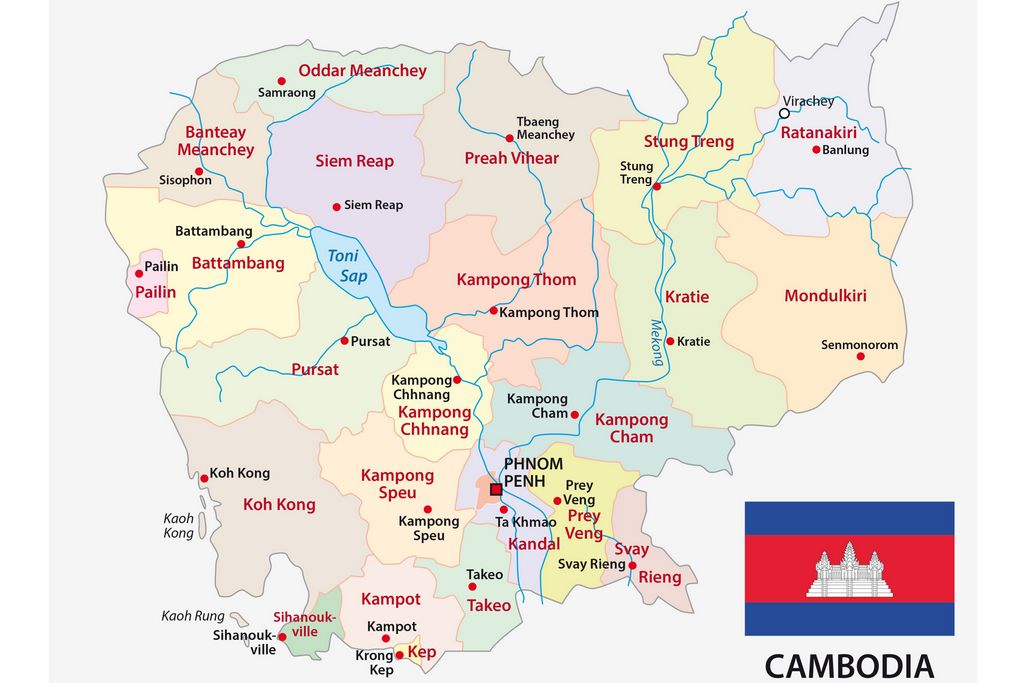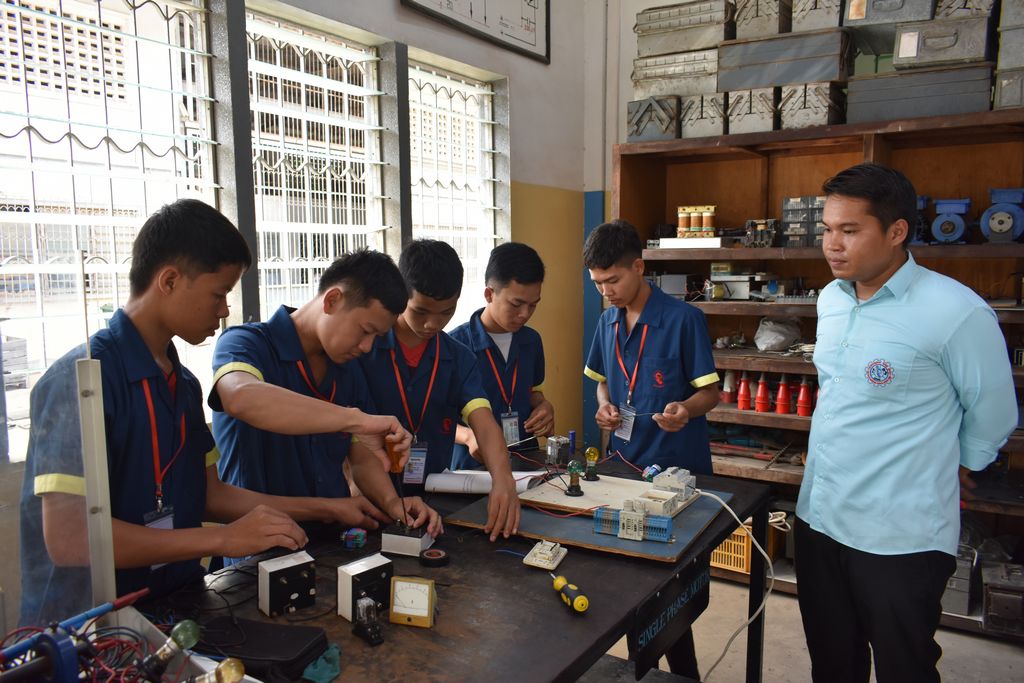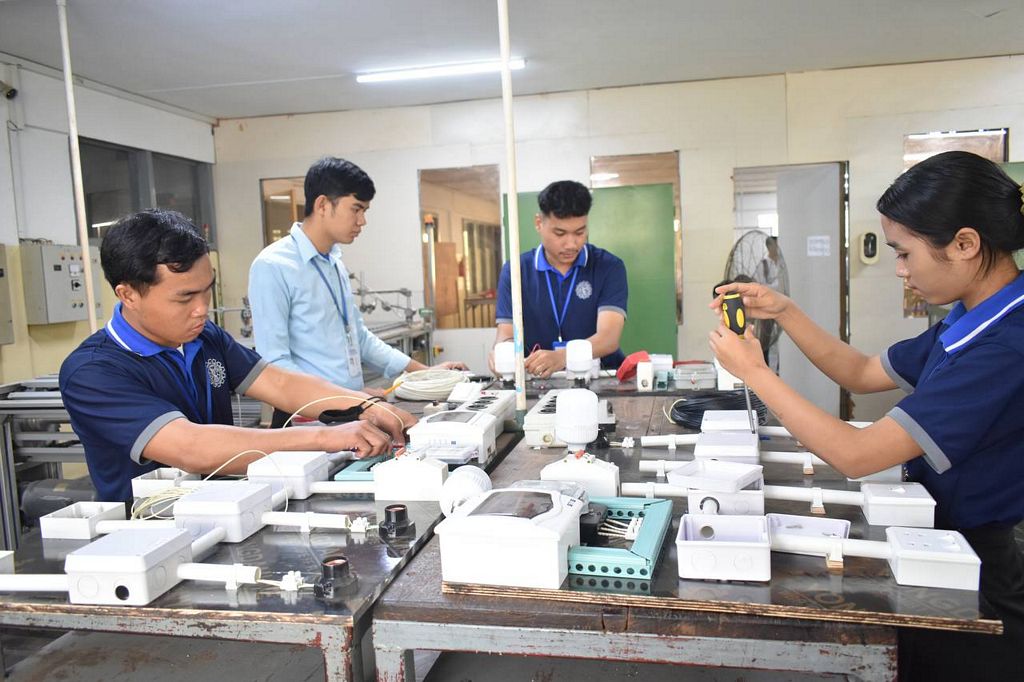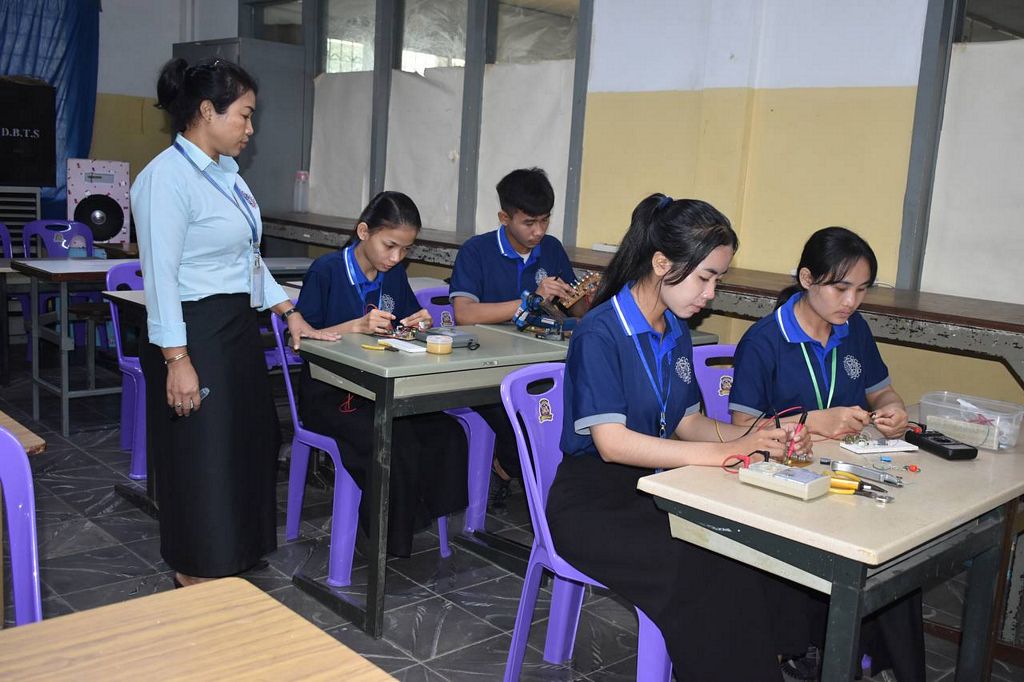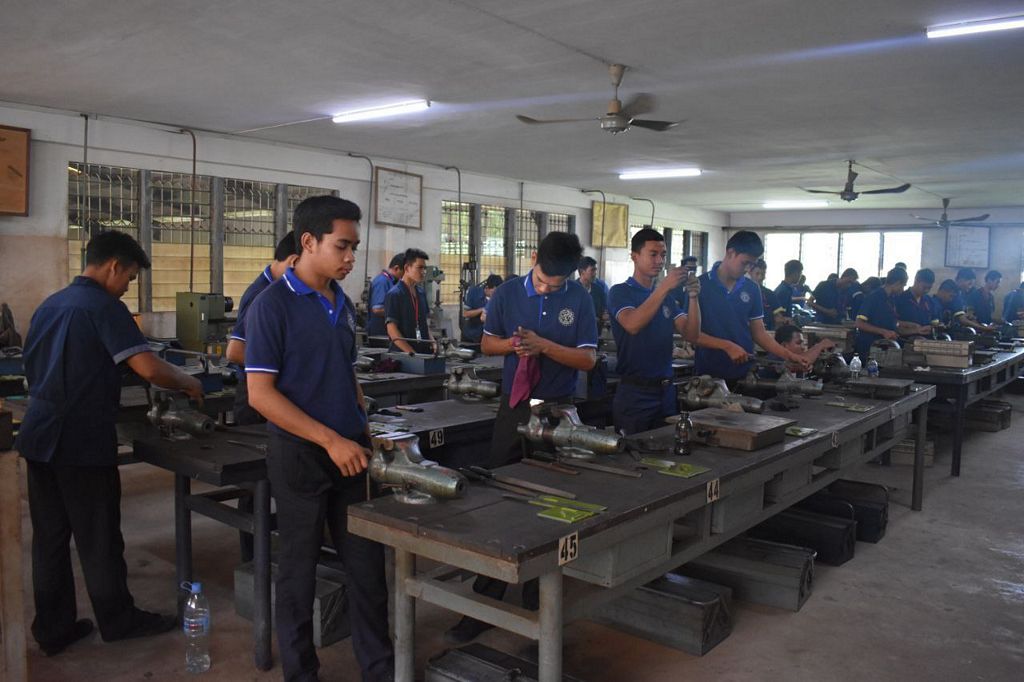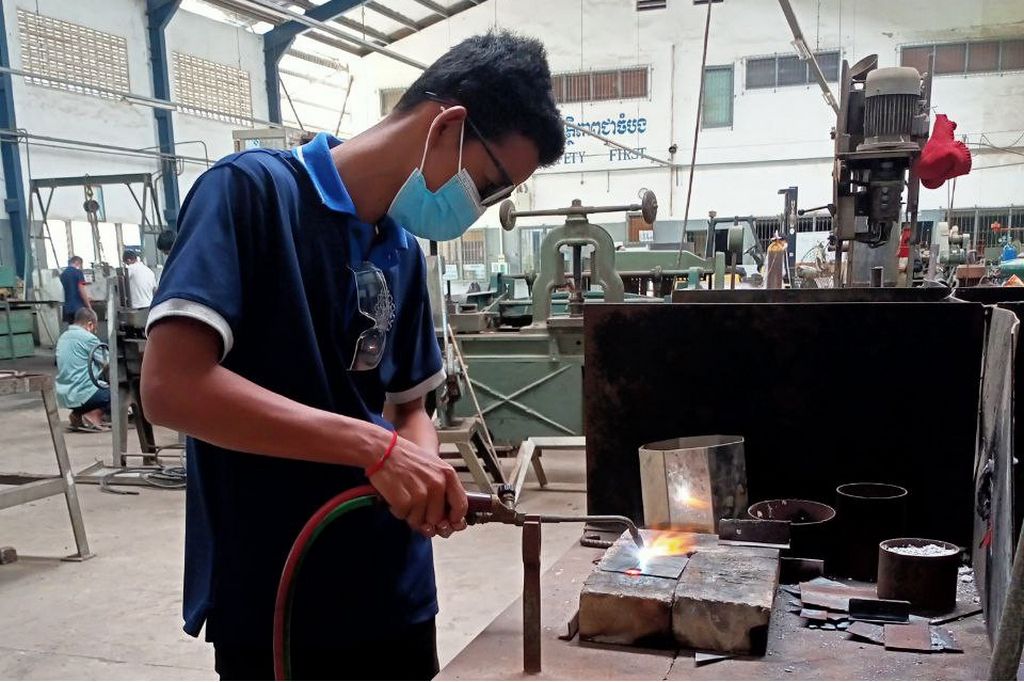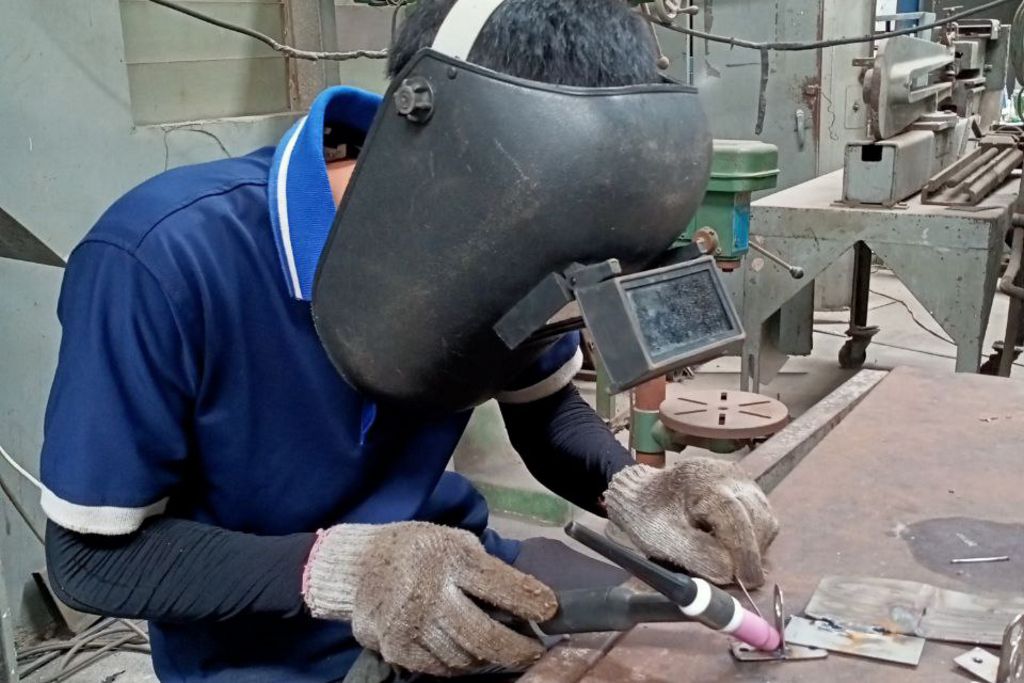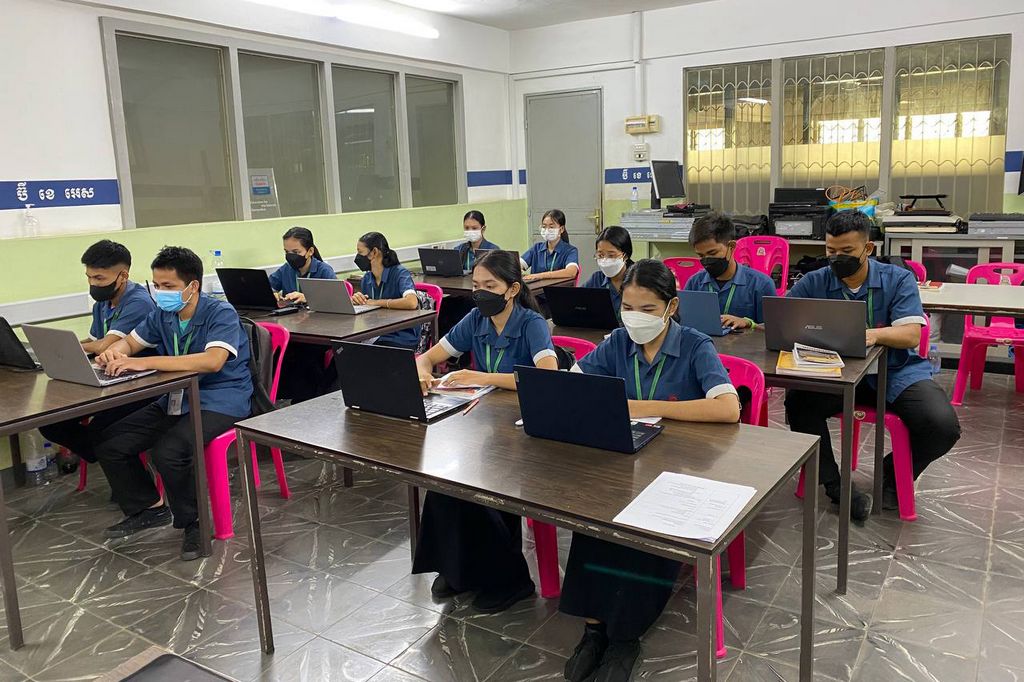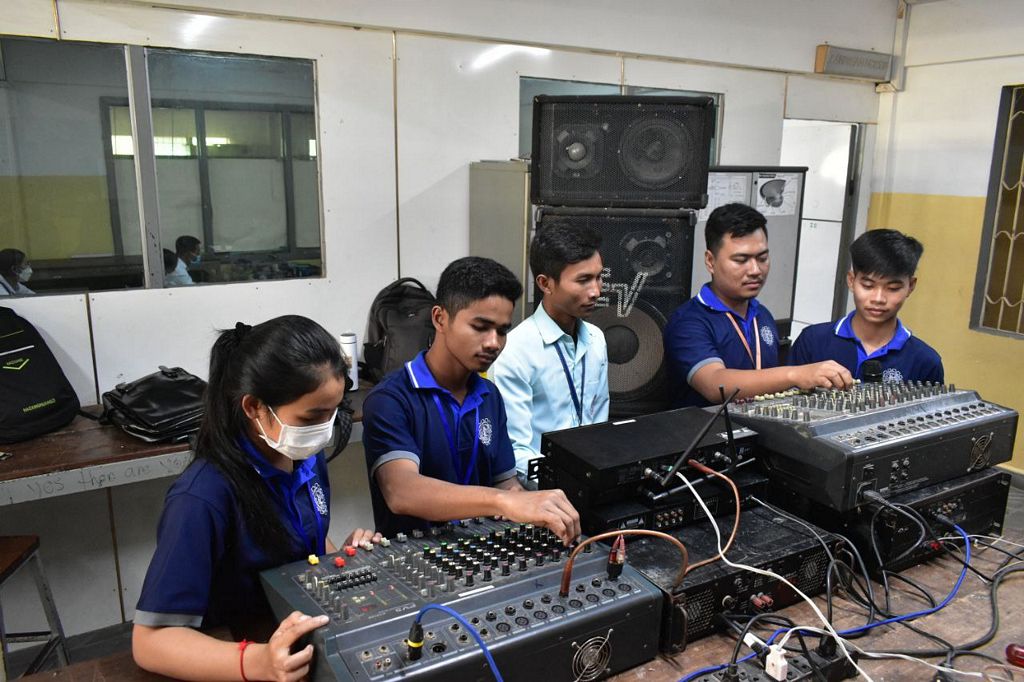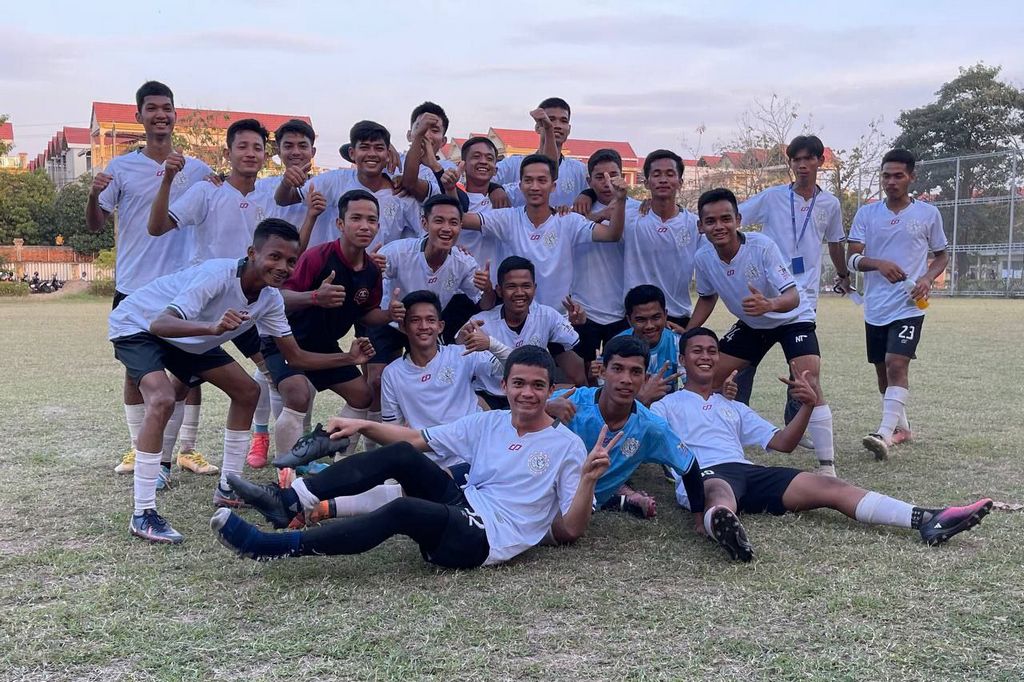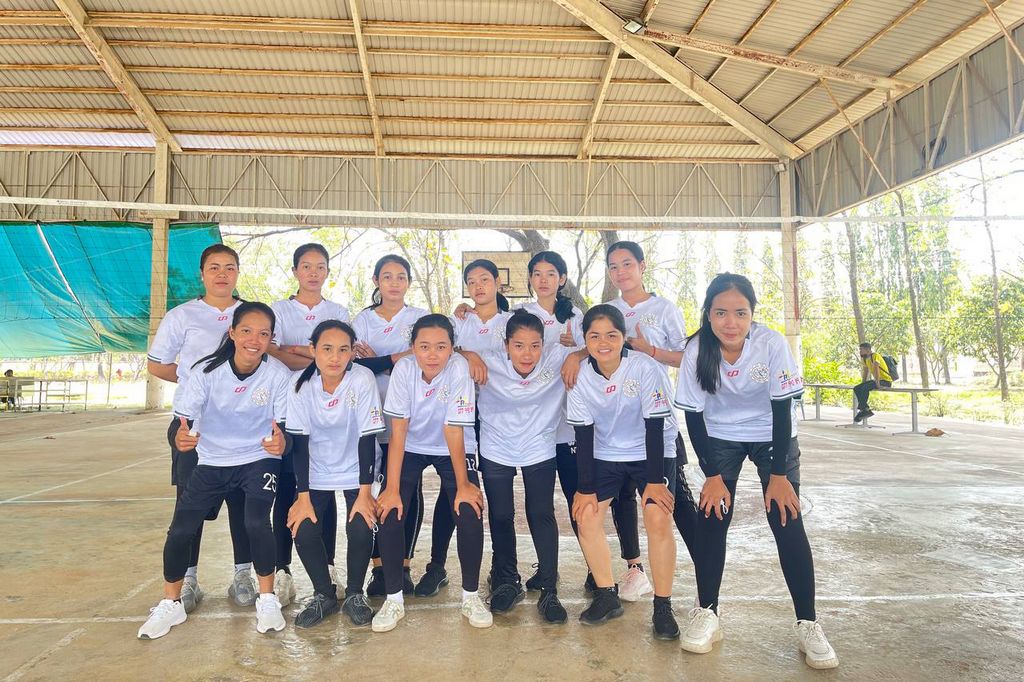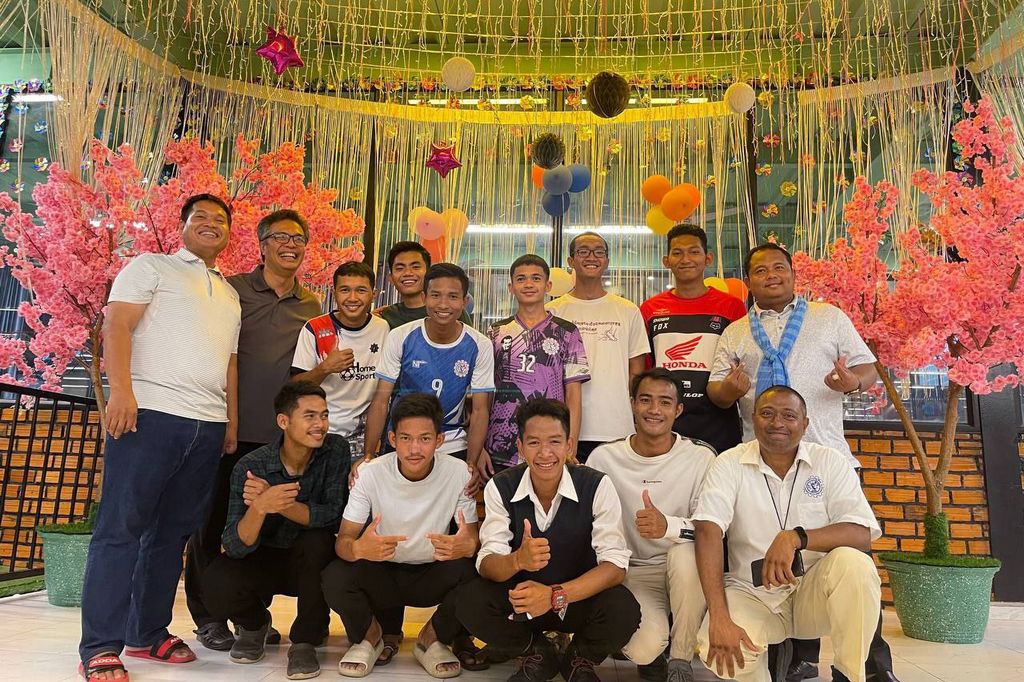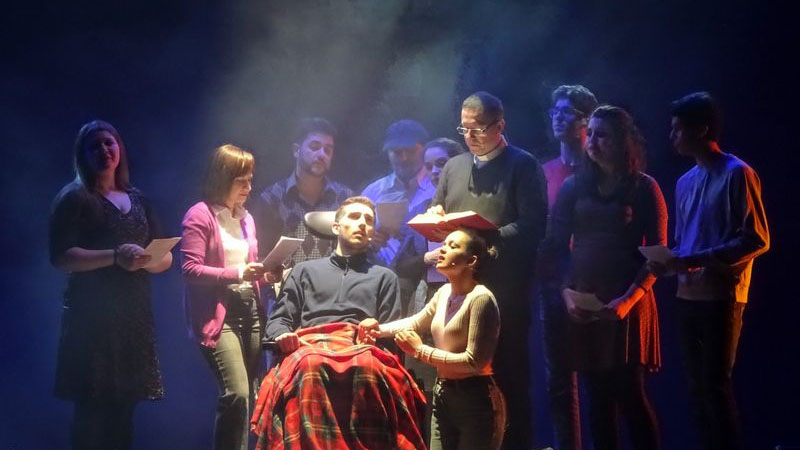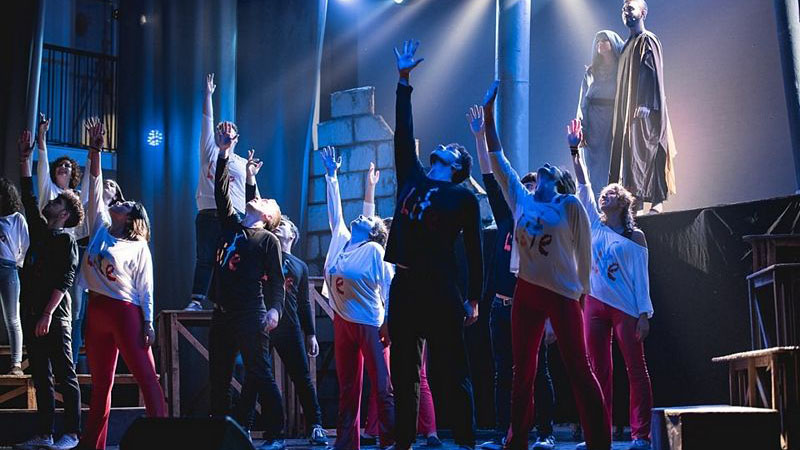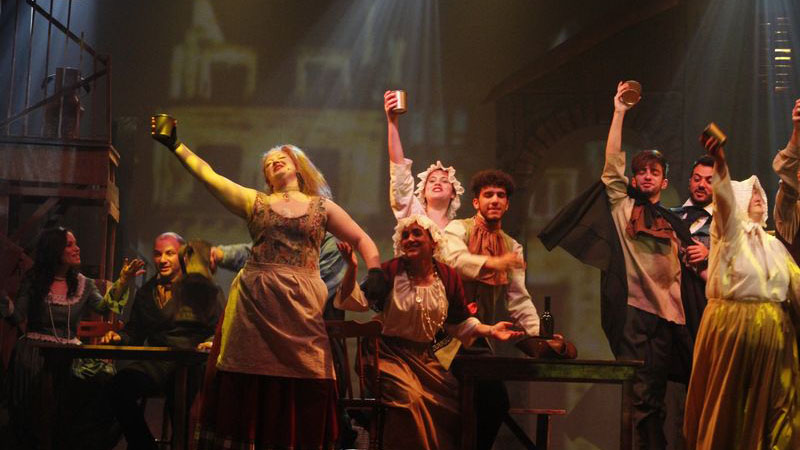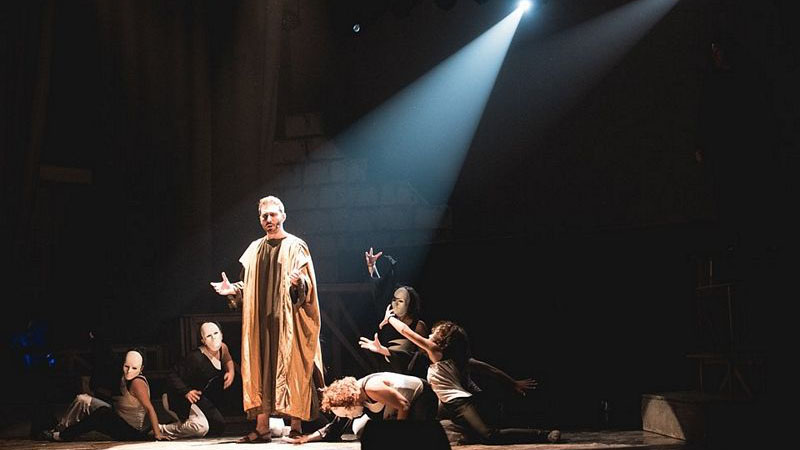Don Bosco with his Salesians
If Don Bosco happily joked with his boys to see them cheerful and serene, he also revealed in jest with his Salesians the esteem he had for them, the desire to see them form one big family with him, poor yes, but trusting in Divine Providence, united in faith and charity.
Don Bosco’s fiefdoms
In 1830 Margaret Occhiena, widow of Francis Bosco, made the division of the property inherited from her husband between her stepson Anthony and her two sons Joseph and John. It consisted, among other things, of eight plots of land comprising meadows, fields and vineyards. We know nothing precise about the criteria followed by Mamma Margaret in dividing her father’s inheritance between the three of them. However, among the plots of land there was a vineyard near the Becchi (at Bric dei Pin), a field at Valcapone (or Valcappone) and another at Bacajan (or Bacaiau). In any case, these three lands constitute the “fiefdoms” as Don Bosco jokingly termed his property.
The Becchi, as we all know, is the lowly hamlet where Don Bosco was born; Valcapponé (or Valcapone) was a site to the east of the Colle under the Serra di Capriglio but down in the valley in the area known as Sbaruau (= bogeyman), because it was thickly wooded with a few huts hidden among the branches that served as a place of storage for launderers and as a refuge for brigands. Bacajan (or Bacaiau) was a field east of the Colle between the Valcapone and Morialdo plots. Here are Don Bosco’s “fiefdoms”!
The Biographical Memoirs say that for some time Don Bosco had conferred noble titles on his lay collaborators. So there was the Count of the Becchi, the Marquis of Valcappone, the Baron of Bacaiau, the three lands that Don Bosco must have known to be part of his inheritance. “For some time now he had been in the habit of jestingly conferring titles of nobility such as “Count of Becchi” or “Marquis of Valcappone” on his senior lay co-workers, particularly [Joseph] Rossi, [Charles] Gastini, [Peter] Enria, [Andrew] Pelazza, and [Joseph] Buzzetti, not only within the Oratory but also outside, especially when traveling with any of them during the summer months” (BM VIII, 101).
Among these “noble” Salesians, we know for sure, that the Count of the Becchi (or of the Bricco del Pino) was Giuseppe Rossi, the first lay Salesian, or “Coadjutor” who loved Don Bosco like a most affectionate son and was faithful to him for ever.
Once Don Bosco went to the Porta Nuova station with Joseph Rossi, who was carrying Don Bosco’s suitcase. As usual, he arrived as the train was about to leave and all the coaches were full. The windows were either closed or had passengers blocking the view to convey the impression that there were no vacant seats in their compartments. Turning to Rossi, Don Bosco rather loudly remarked, “My dear Count, I regret inconveniencing you. You shouldn’t be carrying my suitcase.”
“Forget it. I feel honoured to be of service to you.” At hearing this, the passengers closest to them exchanged surprised looks.
“Don Bosco!” they immediately shouted. “We have two seats here. Please come in!”
“But I wouldn’t want to trouble you!” Don Bosco replied.
“Never mind! It’s a pleasure to have you. We have plenty of room!”
And so the “Count of the Becchi” was able to get on the train with Don Bosco and the suitcase.
The pumps and a shack
Don Bosco lived and died poor. For food he was content with very little. Even a glass of wine was already too much for him, and he systematically watered it down.
“Often he forgot to drink, taken up by quite different thoughts, and his table companions would have to pour wine into his glass. If the wine was good, he then would instantly reach for water to dilute it and ‘make it even better,’ as he would say. With a smile he would add, ‘I’ve renounced the world and the devil, but not the pumps.’ He drank only one glass at each meal.” (BM IV, 134).
Even for accommodation we know how he lived. On 12 September 1873 the General Conference of the Salesians was held to re-elect an Economer and three Councillors. On that occasion Don Bosco spoke memorable and prophetic words on the development of the Congregation. Then when he came to speak about the Superior Chapter, which by now seemed to need a suitable residence, he said, amidst universal hilarity: “Were it possible (he went on in a humorous vein) I would like to set up a shed in the middle of the playground for the chapter members so they could be isolated from all other mortals. But since they are still entitled to live on this earth, they may choose to reside in whatever house it may seem best.” (BM X, 464).
Otis, botis, pija tutis
Don Bosco also had a mysterious answer for a cleric or a student who asked him how he could know the future and guess so many secrets.
“I’ll tell you,’ he would reply. “The key to everything is Otis, Batis, Pia, Tutis. Do you know what that means?”
“No, Father!”
“Pay attention. It’s Greek.” And slowly he would repeat: “0-tis, Bo-tis, Pi-a, Tu-tis. ls it clear now?”
“No!”
“I know those words are hard to understand. That’s why I never reveal their meaning. No one knows it and no one ever will because it would not be wise for me to reveal it. It is the big secret to all my wonders. With this magic formula I can read consciences and solve any mystery. Let’s see how smart you are. See if you can make something out of it!” He would then repeat the four words while placing his forefinger successively on the questioner’s forehead, nose, chin, and chest, ending with an unexpected little tap on the cheek. The boy or cleric would laugh and, while kissing Don Bosco’s hand, still insist, “But, Father, at least translate those words.”
“I could, but you still wouldn’t understand.” And then playfully he would add in Piedmontese dialect, “When they give you a beating, take it like a man!” This conclusion would set them all laughing heartily. (BM VI, 236-237). And he meant that in order to become a saint, one must accept all the sufferings that life has in store for us.
Protector of tinsmiths
Every year the young boarders went on an outing to Monsieur Olive’s villa, the generous cooperator already known to us. On this occasion, the father and mother waited on the superiors while their children waited on their pupils. They also organized a lottery, giving a number to everyone of the superiors and boys so that everyone won something. In this way, the Olive family made a gift of their coach to the Oratory of St. Leo. This outing occurred during Don Bosco’s visit to Marseille in 1884, and an amusing incident occurred.
While the boys were playing in the gardens, a servant came running up to Madame Olive, greatly agitated.
“Madame, the pot where the soup is cooking for the boys is leaking badly and there is no way to stop it. We will have to go without soup.” The mistress of the house, who had immense faith in Don Bosco, had a sudden idea. She summoned all the boys and told them, “Listen, if you want to have some soup, kneel down here and say a Pater, Ave, and Gloria to Don Bosco, so that he may resolder the soup pot.”
The boys obeyed and instantly the pot stopped leaking. This is an historical event, and when Don Bosco heard it, he laughed heartily, saying, “From this day on, people will say that Don Bosco is the patron of tinsmiths.” (BM XVII, 36-37).
